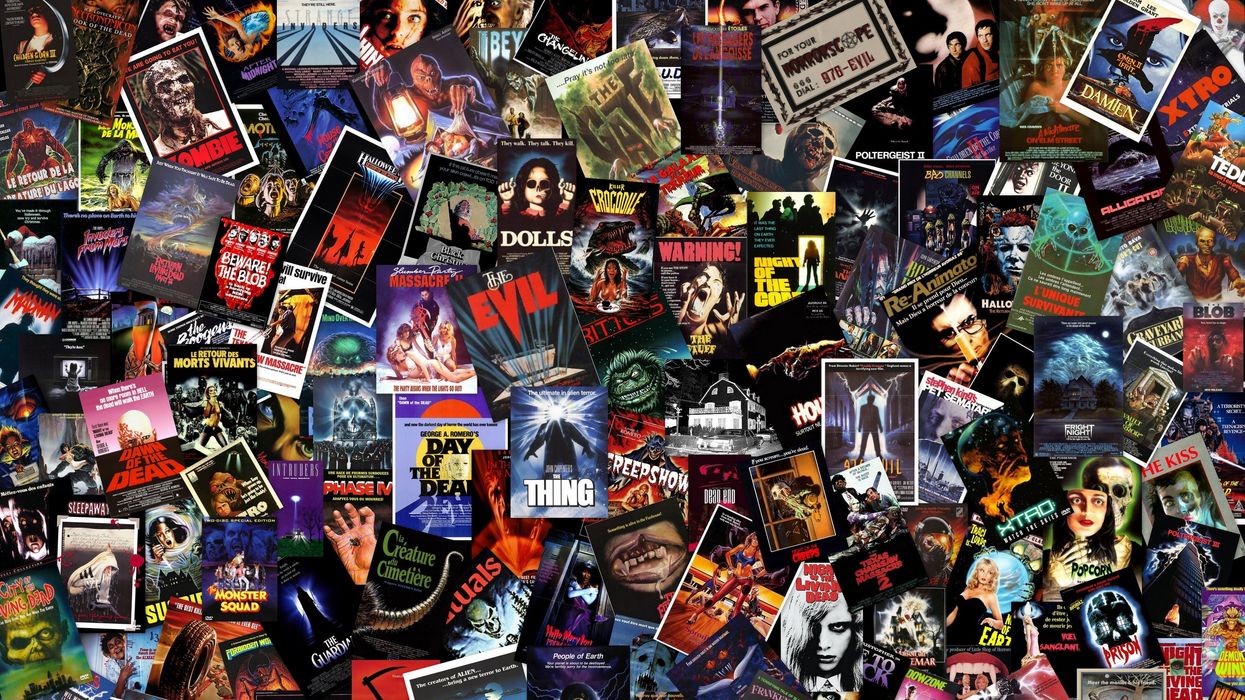Tarantino, Scorsese, and More Pick Their Favorite Horror Movies
What are your favorite horror movies? Are they the same as your favorite directors'? Check out the list!

Horror movies are great, and worth celebrating -- not just on Halloween. There are so many to watch you cannot cram them into one day, anyway. One of my favorite things to do is just know what my favorite directors enjoy watching.
Lucky for us, IndieWire assembled a list of directors who shared what their favorite horror films are over the years, and it is an impressive (and scary) list.
30 Directors Pick Favorite Horror Movies
Robert Eggers - “Nosferatu”
https://www.youtube.com/watch?v=ZxlJxDr26mM
Josephine Decker -“Suspiria”
Guillermo del Toro - “Eyes Without a Face”
Quentin Tarantino - “Audition”
https://www.youtube.com/watch?v=fX746b8pDVg
Martin Scorsese - “The Innocents”
Edgar Wright - “Dead of Night”
David Lowery - “Hereditary”
https://www.youtube.com/watch?v=V6wWKNij_1M
Jordan Peele - “Misery”
Jennifer Kent - “The Texas Chainsaw Massacre”
Luca Guadagnino - “The Fly”
https://www.youtube.com/watch?v=Z-V3X963DRI
Sam Raimi - “Night of the Living Dead”
Anna Biller - “Peeping Tom”
Christopher Nolan - “Alien”
https://www.youtube.com/watch?v=LjLamj-b0I8
Andy Muschietti - “Near Dark”
James Wan - “The Others”
Ana Lily Amirpour - “Antichrist”
https://www.youtube.com/watch?v=w4U5rdi9w-U
Bo Burnham - “Raw”
Eli Roth - “Creepshow”
Ben Wheatley - “Eraserhead”
https://www.youtube.com/watch?v=oK-2_OsBe0s
William Friedkin - “Funny Games”
James Gunn - “Green Room”
Gaspar Noé - “Un Chien Andalou”
https://www.youtube.com/watch?v=054OIVlmjUM
John Carpenter - “The Exorcist”
Karyn Kusama - “Habit”
Patrick Brice - “Jacob’s Ladder”
https://www.youtube.com/watch?v=rJztRnDxdM8
André Øvredal - “Poltergeist”
Tim Burton - “The Wicker Man”
Pedro Almodóvar - “Rapture”
https://www.youtube.com/watch?v=FftYUplM8Ig
Jim Jarmusch - “American Psycho.”
Ti West - “The Shining”
Rob Zombie - “28 Days Later”
What's next? Download 80 of the Best Horror Scripts!
From The Shining to Scream, Reddit user Bjiorn Black comprised a list of over 80 horror scripts to download for free. What a gem!
Click for more!










